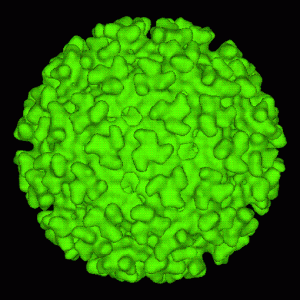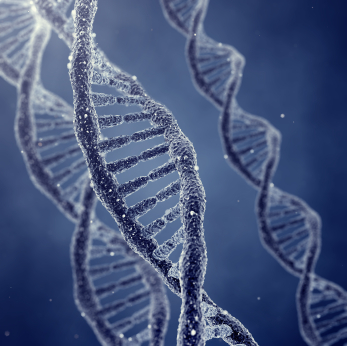Each year, the International Symposium for Human Identification (ISHI) covers a variety of the latest topics in DNA forensics through sessions, workshops and poster presentations. While last year’s meeting largely focused on using investigative genetic genealogy (IGG) and developments in DNA databases, another topic that garnered widespread interest was current efforts being taken to mobilize DNA analysis labs.
One of the speakers, Sylvain Hubac, PhD, Head of the DNA Division of the Forensic Science Laboratory of the French Gendarmerie, helped create a mobile DNA lab solution back in 2015. This innovative mobile lab, designed and patented by the French Armed Forces for the French Gendarmerie (IRCGN), has been used to facilitate DNA identification in a number of emergency settings since it’s inception. From identifying the remains of the Germanwings Flight 9525 plane crash victims in 2015 and the victims of the 2016 Bastille Day terrorist attack in Nice, to adapting the lab to aid in sample processing during the COVID-19 pandemic, the mobile lab has played an especially instrumental role in Disaster Victim Identification (DVI) scenarios.
However, the mobile lab was more recently employed in a new DVI context: identifying victims of the conflict in Ukraine. On the last day of ISHI 33, Dr. Hubac presented on the unique challenges posed when identifying victims of war, and the tools, protocols and system that made the mobile lab uniquely suited for this purpose.
Continue reading “How an Innovative Mobile DNA Analysis Lab Helped Identify War Victims in Ukraine”







